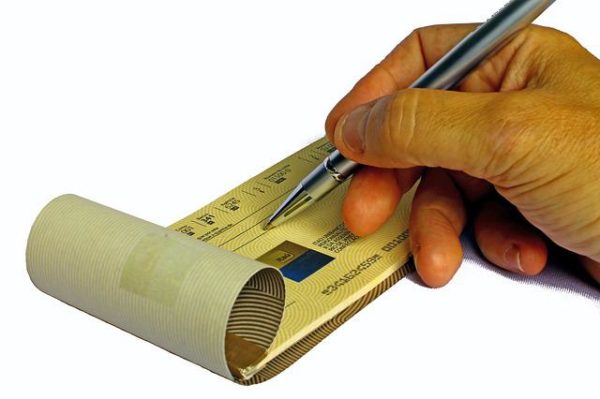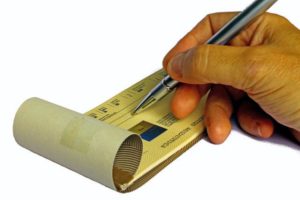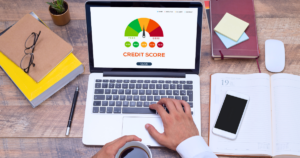We’re bringing it back to the financial basics today. Many people do not know how to write a check, and that’s nothing to be ashamed of. No one was born knowing how to manage their finances, and that’s why financial literacy is so important. In fact, a lack of financial literacy skills can often result in mismanagement of finances and consumer debt. So, let’s get on the right track and learn how to write a check.
How to Write a Check
Because so many people have online and automatic bill pay, the practice of writing a check is becoming less common. However, writing a check is still a necessary and useful tool that everyone should master.
- Your Personal Information. The top left corner of your personal checks shows your personal information. It’s provided to inform the recipient who’s payment they are receiving. You can customize this to include your name and phone number if you intend to move frequently.
- Date. When you write a check, enter the current date. Or, if you are post-dating the check (writing a check using a date in the future), users will write in the date that the recipient can cash the check. Post-dating a check can get tricky, especially if you are post-dating in hopes that enough money will be in your account to avoid the check from bouncing. If this is the case, you may want to seek credit counseling to help stabilize your finances.
- Recipient Line. Then, next to “pay to the order of”, you fill in the name of the person, business, or entity that you are filling the check out to. Only the recipient can cash the check. If there is extra space after you write the name, draw a line so no one can write an additional name.
- Dollar Amount. In the box to the right of the recipient line, write the amount of the check, in numbers. (ie: $20.50)
- Written Amount. Next, write out in words the amount of the check. Be sure to include the number of cents on this line, represented in fraction form. (ie: Twenty dollars and 50/00). Also be aware that if a check is lost or stolen and the information is left blank, then anyone who finds it can enter whatever amount they want. This can be a dangerous scenario, so make sure to always fill out your checks completely! Write across the whole line so there is no extra space for someone to manipulate it.
- Memo. When you write a check, the memo line is your opportunity to leave a note as to what the payment is for. This is helpful for the recipient and yourself if you need to remember why you wrote the check.
- Signature Line. For a check to be valid, it needs a signature. Again, if you leave the check blank, be aware that someone could forge your name and attempt to cash it. If all portions of the check are filled out, you avoid this problem.
- ABA Routing/Transit Number. Along the bottom of each check is a 9 digit code from the American Banking Association to locate the bank where you hold your checking account.
- Your Account Number. Then there’s your account number that coincides to your checking account with the bank. To clarify, sometimes the order can be switched. In that case, know the longer number is your account number.
- Check Number. Each check has it’s own identification number that appears in two spots, and it tracks the number of checks you write to avoid any duplication or missing checks going unnoticed.
- Fractional Routing Number. This number that appears on some checks is the fractional form of the routing number. Here’s the breakdown:
- XX = the city/state bank located.
- ZZZZ = the first 4 digits of routing number at the bottom.
- YYYY = the next four digits of routing number.
- The last number of the routing number is the control number.
- Your Bank’s Information. The last piece of information on a check is your bank’s name and address.
If you’re struggling to pay off debt, ACCC can help. Schedule a free credit counseling session with us today.







